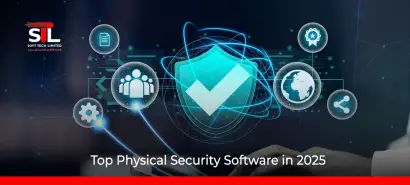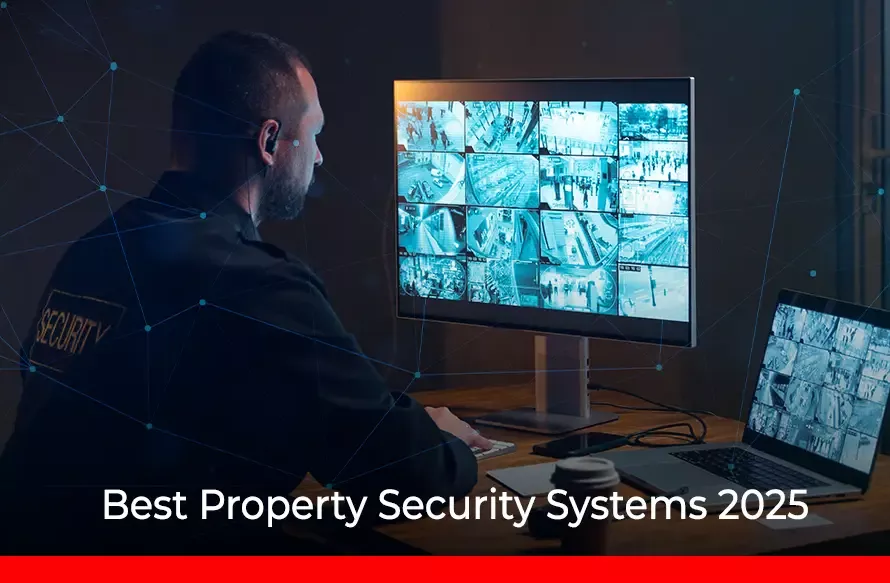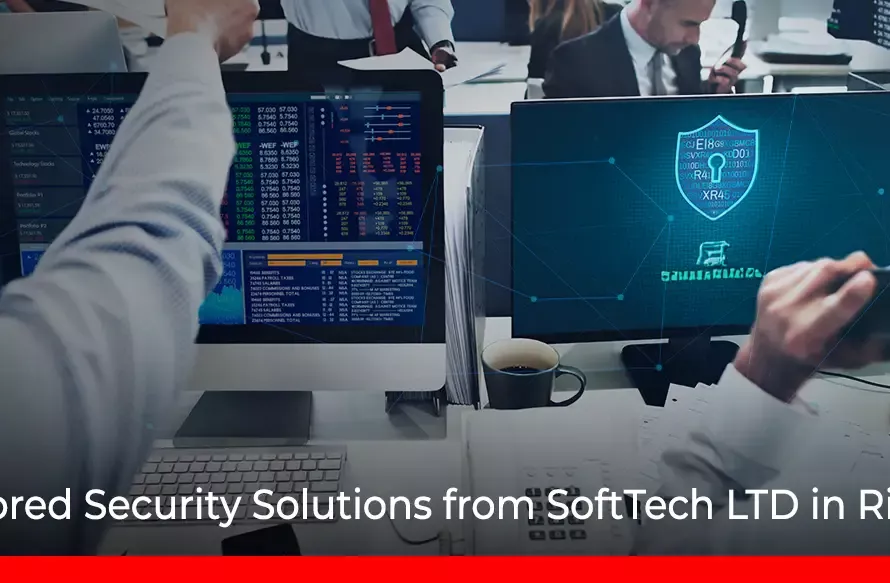In such rapidly evolving era of security technology, physical security software has emerged as a vital component for protecting assets, streamlining operations, and enhancing organizational resilience. These solutions are transforming how businesses manage access, monitor threats, and respond to emergencies, offering unprecedented efficiency and control.
With advancements in artificial intelligence, cloud integration, and automation, 2025 promises to be a landmark year for physical security software. And in this guide, we will walk you through the top solutions, their features, and the companies leading the charge..
What Is Physical Security Software?
At its core, physical security software refers to digital tools designed to manage and monitor physical security systems. These platforms integrate with access control mechanisms, surveillance systems, and alarm networks, providing centralized control and real-time insights. Unlike traditional methods, these software solutions enhance accuracy, improve response times, and reduce human error, making them indispensable in today’s complex security environments.
Physical security software often includes capabilities like biometric authentication, remote monitoring, and advanced analytics. For example, a company might use facility management software to track visitor access, detect anomalies, and automate emergency responses; all through a single interface.
This integration of digital innovation into physical security ensures a holistic approach to asset protection.

Key Features of Leading Physical Security Software
As businesses seek robust security systems, the best physical security software platforms share several critical features:
- Real-Time Monitoring and Alerts
Modern systems integrate with surveillance cameras and sensors to provide instant alerts for suspicious activities.
- Access Control Integration
These tools manage entry permissions using biometrics, keycards, or mobile credentials, ensuring secure and flexible access control.
- Incident Reporting and Analysis
Detailed logs and analytics help identify vulnerabilities and improve future security protocols.
- Cloud-Based Management
Many solutions now offer cloud integration, enabling remote monitoring and control from any location.
- Scalability
Whether managing a single building or multiple facilities, top-tier software solutions are designed to scale with organizational growth.
Read More: Top Types of Physical Security Systems for Businesses
Physical Security Software Examples
Several software platforms exemplify the cutting-edge features of modern physical security solutions:
- Avigilon Control Center
Known for its AI-powered video analytics and seamless integration with access control systems, this platform provides actionable insights and enhances situational awareness.
- Honeywell Pro-Watch
A robust option that combines access management, video surveillance, and intrusion detection into a unified system.
- LenelS2 OnGuard
This comprehensive platform supports everything from credentialing to video monitoring, making it ideal for enterprises seeking a versatile solution.
- Genetec Security Center
A leader in unified physical security, this software excels in video analytics, access control, and license plate recognition.
- Soft Tech LTD’s Facility Management Software
Offering tailored solutions for specific industries, it integrates seamlessly with physical security systems to enhance overall efficiency and security.
What Are the Benefits of Physical Security Software?
Investing in physical security software offers numerous advantages that go beyond traditional security measures. These benefits include:
Enhanced Operational Efficiency
With centralized control systems, businesses can monitor multiple facilities, manage access permissions, and respond to incidents; all from a single dashboard. This streamlining reduces administrative burdens and allows security personnel to focus on critical tasks.
Improved Threat Detection
Advanced analytics and AI enable these platforms to detect unusual patterns or behaviors, such as unauthorized access attempts or loitering. By identifying threats in real time, companies can mitigate risks before they escalate.
Cost Savings
Automating security processes reduces the need for extensive manpower while minimizing losses caused by theft, vandalism, or downtime. Cloud-based systems also eliminate the need for expensive on-premises hardware.
Regulatory Compliance
Many industries, such as healthcare and finance, require stringent security protocols. Physical security software helps organizations comply with these regulations by maintaining detailed logs and ensuring consistent enforcement of policies.

What Are the 3 Types of Software Security?
While physical security software focuses on protecting tangible assets, it intersects with broader software security categories that address various vulnerabilities:
- Application Security which protects software from external threats, ensuring physical security tools are not compromised by cyberattacks.
- Network Security which secures the communication channels between devices and systems, particularly in cloud-based physical security solutions.
- Operational Security which focuses on managing and protecting sensitive data, such as access logs and surveillance footage, from unauthorized access or breaches.
By incorporating these security measures, physical security software ensures both digital and physical assets remain safe.
Software Solutions for Physical Security
Beyond traditional security systems, physical security software is evolving to address a wide range of needs. For example, facility management software now includes features like predictive maintenance, occupancy monitoring, and energy management, all of which contribute to a more secure and efficient environment.
Similarly, solutions tailored for specific industries are becoming increasingly popular. In retail, for instance, software can analyze customer behavior to enhance security while improving the shopping experience.
In healthcare, integrated platforms manage patient flow while ensuring restricted access to sensitive areas. These advancements highlight the versatility and adaptability of physical security software in 2025.
Read More: Data Center Physical Security Standards in Saudi Arabia
What to Look for When Choosing Physical Security Software
Selecting the right software for your organization requires careful consideration of several factors:
- Customization: Look for solutions that can be tailored to your specific security needs and operational goals.
- Ease of Integration: The software should work seamlessly with existing hardware and other systems, such as cybersecurity platforms.
- Scalability: Choose a platform that can grow with your organization, accommodating additional facilities or new security requirements.
- Support and Maintenance: Ensure the provider offers reliable technical support and regular updates to address emerging challenges.
By focusing on these aspects, businesses can make informed decisions and invest in solutions that deliver long-term value.

What about The Future of Physical Security Software?
As technology continues to advance, the potential for physical security software is limitless. Emerging trends such as AI-driven analytics, IoT integration, and augmented reality are set to redefine how businesses approach security. Companies like Soft Tech LTD are already embracing these innovations, ensuring their clients remain ahead of the curve.
And to explore how the latest physical security software can meet your organization’s unique needs, contact Soft Tech LTD today and take the first step toward a safer & smarter future.




